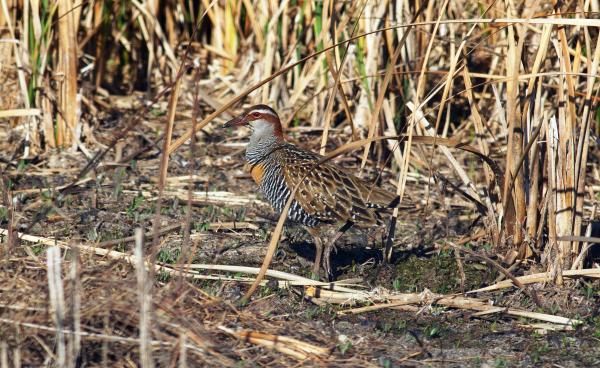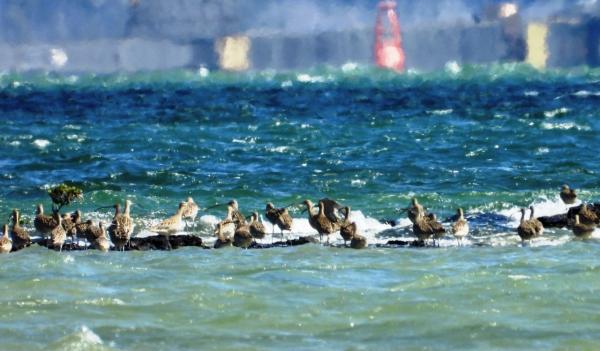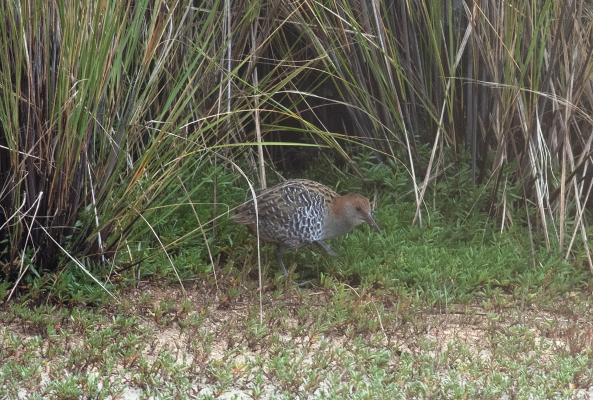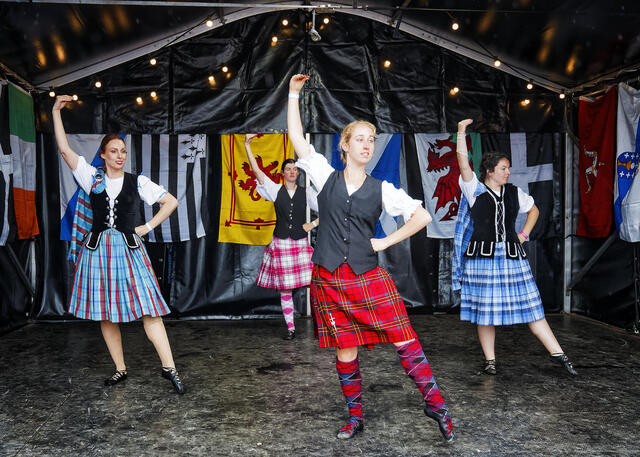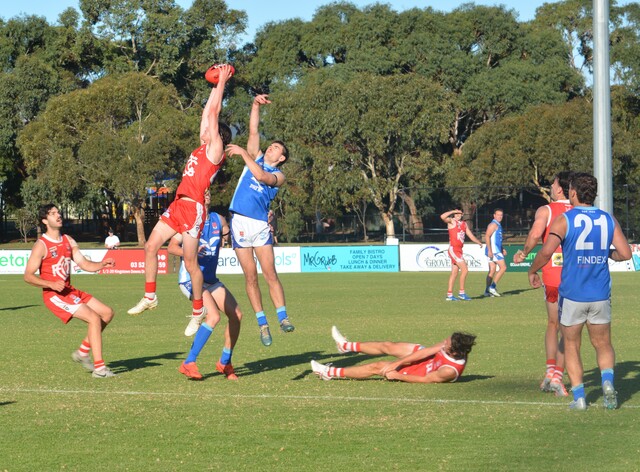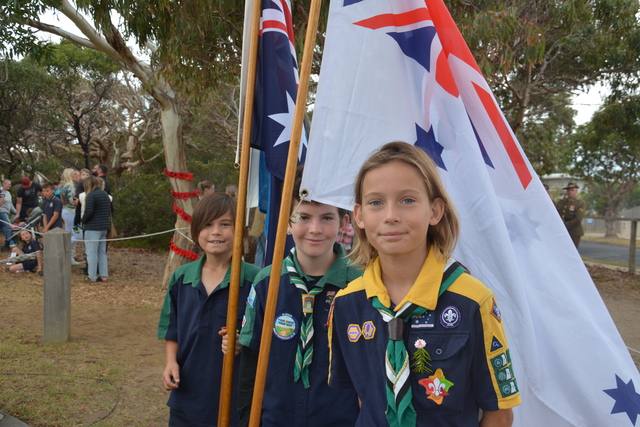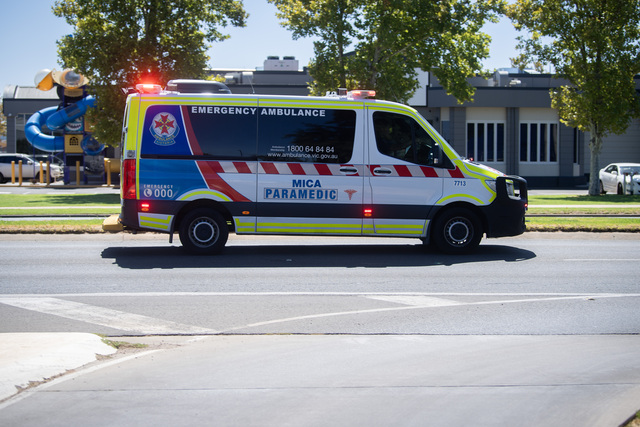This summer was the coolest in southern Victoria for 19 years.
February was much drier than average across central Victoria. Both daytime and night-time temperatures were generally below average, with some sites reporting mean maximum and mean minimum temperatures more than 1 degree below the February average.
The highlight of the past few weeks (for me) stemmed from a report on Birdline Victoria on February 21, when Rob Drummond observed six Lewin’s rail at Lake Victoria, Point Lonsdale. I have been looking for this species of bird for years, so this was my big chance.
Robin Spry and I met in the car park, and we were amazed by the number of waders in the pond next to the car park. Common greenshanks, curlew sandpipers, sharp-tailed sandpipers and red-necked stints were all present.
We picked probably the worst morning in February to meet up. It was overcast and drizzly, which probably enhanced the chances of seeing the secretive Lewin’s rail.
Sure enough, we spotted a medium-sized bird coming out of the thick vegetation, and it was my first ever sighting of a Lewin’s rail. Lewin’s rail look similar to the buff-banded rail, but the Lewin’s is smaller, has a longer pink bill and lacks the chestnut breast band.
My other highlight was a drive to Lake Murdeduke with Denis Sleep. Denis and his wife Marie have been residents of Ocean Grove for more than 40 years but have recently decided to sell up and move to Bendigo.
Lake Murdeduke, which is near Winchelsea, was deserted as far as birds go, in stark contrast to the presence of migratory waders a few years ago. We did see about 50 Australian shelduck and two red-capped plovers.
Lake Murdeduke is one of my favourite locations around Geelong to visit, as it’s lovely and quiet and peaceful, which is in contrast to Winchelsea around the Barwon River where hundreds of little corella were enthusiastically emitting high-pitched squawking sounds.
I received an email from Rod, who spotted a pair of tawny frogmouths in Woodlands estate. Rod observed that despite the spread of urbanisation in Ocean Grove, there are still pockets of vegetation that can sustain a range of birds.
I received an email from Kevin, who checked out Lake Victoria three times, following reports of Lewin’s rails, but to no avail. However, it was good to see a wide range of shore birds in good numbers. He saw red-capped plovers, red-necked stints, white-fronted chats, pied stilts and curlew sandpipers.
I received an email from Carole, who travelled to Stony Point, chosen due to the nearness to the foot ferry which journeys between Stony Point and French Island and Philip Island. The bird life was a little disappointing but one huge delight was stumbling upon a large flock of eastern curlews on a beach at French Island.
Carole would have loved a perfect photo of these birds, but they are very shy. Once sighted they were up and flying. With Carole’s zoom lens she was able to take them flying to a rocky outcrop out in Western Port Bay.
When she transferred the photo to her iPad she was able to see many more birds sitting on the rocks. At a rough count there were about 50 eastern curlews.
Eastern curlews are the largest migratory wader to visit Australia, and they are endangered birds, so to see about 50 at the one time is fabulous.
I know Ocean Grove locals Pete and Chris saw a dozen of these birds at Swan Island recently, so they are around.

